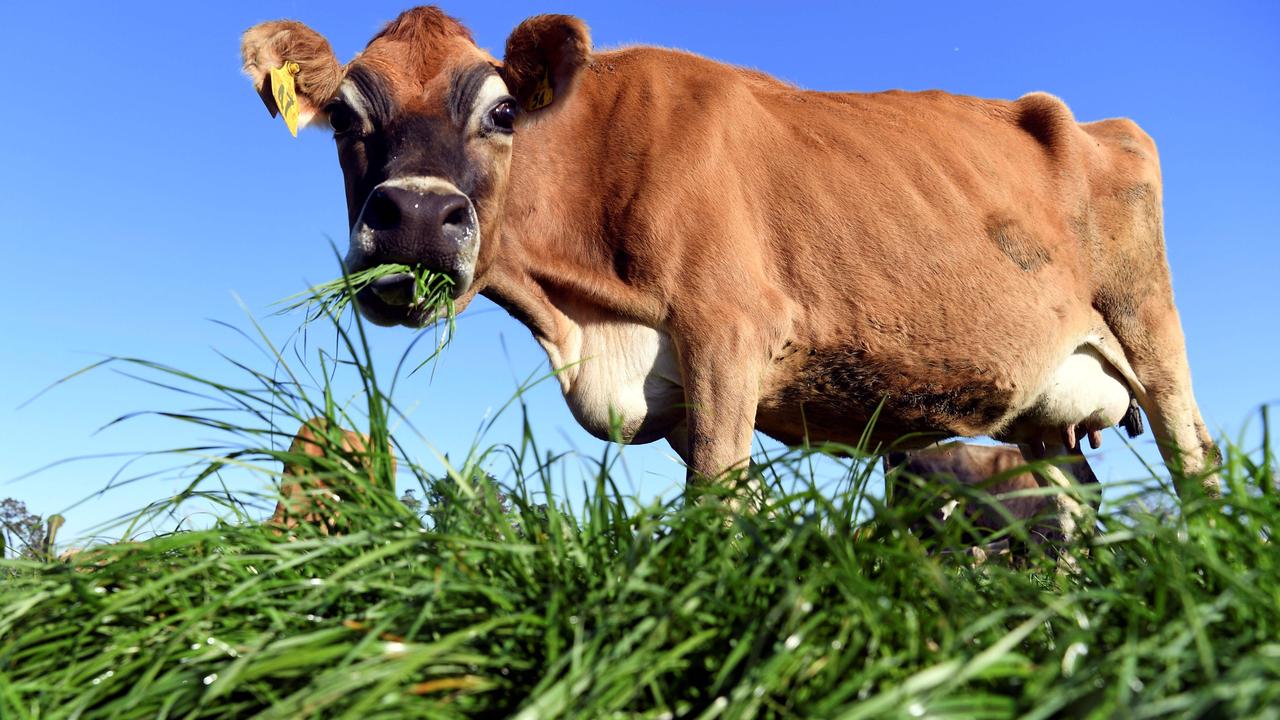Imported pork products labelled ‘Made in Australia’ under question
Pig producers and animal activists are demanding clearer labelling of processed pork on Aussie shelves, with ‘Made in Australia’ ham and bacon actually using imported pork from countries using farming practices that aren’t accepted in Australia.

SOME say pigs might fly before farmers and animal activists see eye-to-eye, but they’re on the same side when it comes to lobbying the Australian Government about clearer labelling of processed pork products.
While all fresh pork sold on our supermarket shelves is Australian, the pork industry’s peak lobby group says the majority of ham and bacon is made using imported pork from countries using farming practices that are no longer deemed acceptable in Australia.
Australian Pork’s own research conducted this year shows about 75 per cent of consumers aren’t aware most of the ham and bacon on our shelves is made using imported pork, despite about $16.5 million worth of it arriving on our shores each week.
Australian Pork has written a submission to a current review of Australia’s country of origin food labelling laws, due in 2021, calling for:
EDUCATION around how to read country of origin labels.
‘MANUFACTURED in Australia’ labels instead of the current use of ‘Made in Australia’ labels.
QUICK service restaurants (such as fast food) with more than 100 outlets to use country-of-origin labelling, as they are likely to have standard products.
“Quite a lot of people, particularly at the moment with coronavirus and our economy needing help, would like to buy Australian and help somebody down the road,” Australian Pork executive general manager of operations Peter Haydon said.
He said the most important message at the moment was to “buy Australian”, but when consumers became more educated about how the labelling works, there would be further work to do.
“If I said ‘this pork is from Canada’ most people wouldn’t know the differences in how we raise pigs verses how the Canadians do,” he said.

The Australian pork industry committed to voluntary phasing out of individual sow gestation stalls, a highly confining type of housing that pregnant pigs are kept in, by 2017.
But they are still in use in North America and in Europe they can be used for up to four weeks of the 17-week gestation period.
Of the imported pork that comes into Australia, about 55 per cent is from the US. The rest being from Europe, predominantly the Netherlands and Denmark, and some from Canada.
Canada has recently proposed delaying its ban on gestation stalls from 2024 to 2029.
Under current law, ‘Made in Australia’ labels can be used on food that “underwent its last substantial transformation” here.
An Australian Competition and Consumer Commission spokesman said: “The ACCC’s view is that curing and drying imported pork to make bacon does result in a ‘fundamentally different’ product, whereas smoking imported bacon to add flavour does not.”
A spokeswoman for the Department of Industry, responsible for the labelling review, told The Weekly Times it would review the criteria for ‘Made in Australia’ claims and “the associated labelling implications this has for products such as imported processed pork”.
With current pork labels, shoppers can't tell where the ham or bacon was farmed. Why is that important?
— World Animal Protection Australia (@MoveTheWorldAU) September 18, 2020
There’s a significant difference in animal welfare standards between the 🇦🇺 and 🇺🇸
Without clear labels, shoppers can't make better decisions at the checkout #mysterypork pic.twitter.com/jj6o9ku2wX
Animal activist group World Animal Protection has launched its own campaign backing Aussie producers.
“Australian pig farmers are ahead of many US pig farmers when it comes to animal welfare,” World Animal Protection head of campaigns Ben Pearson said.
“We are calling on the Government to update the country-of-origin labelling requirements, which are currently being reviewed, so that consumers can tell where their ham and bacon comes from, and avoid lower welfare US imports.”
Where does the other 80% come from? #mysterypork
— World Animal Protection Australia (@MoveTheWorldAU) September 18, 2020
If you choose to eat ham, you deserve to know where it was farmed. pic.twitter.com/OxOOKgsXjy
It is unknown how many, if any, Australian piggeries are still using gestation stalls due to the voluntary phasing out system but the prospect of a ban may be raised during a review of Australia’s pig standards.
MORE



